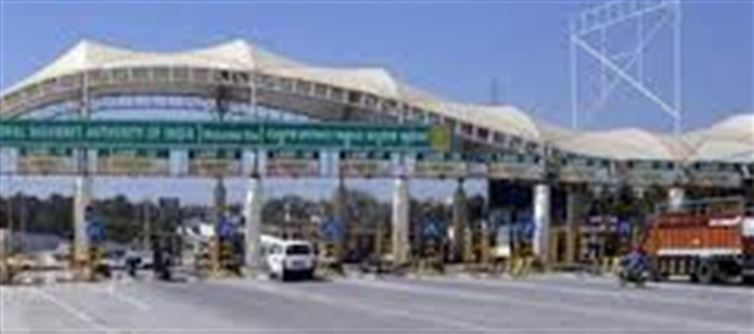
The government has decided to suspend the implementation of satellite tolling due to security concerns. This decision indicates a cautious approach to the integration of advanced technology in toll collection systems. Instead, the focus will shift towards piloting an Automatic Number Plate Recognition (ANPR)-based fastag system.
The ANPR-based fastag system is designed to enhance the efficiency of toll collection by utilizing high-tech cameras to read vehicle registration plates automatically. This technology can streamline the tolling process, reducing traffic congestion at toll plazas and minimizing manual intervention. By using ANPR, vehicles can pass through toll booths without stopping, as the system automatically detects the vehicle’s registration and deducts the appropriate toll fee from the linked fastag account.
The pilot phase will be crucial in evaluating the effectiveness of this new system. It will allow authorities to gather data on its performance, identify potential challenges, and make necessary adjustments before a wider rollout. The transition to an ANPR-based system also addresses concerns regarding privacy and security, as it does not rely on satellite technology, which may pose risks related to data security and unauthorized surveillance.
The government aims to implement this pilot project in select locations to assess its feasibility and gather feedback from users. By prioritizing security while still moving towards modernization, the government hopes to improve the overall toll collection process while ensuring that public safety and data integrity are maintained.
In summary, while satellite tolling has been put on hold due to security concerns, the government is taking proactive steps by introducing an ANPR-based fastag system. This approach not only addresses immediate security issues but also paves the way for a more efficient and user-friendly tolling experience in the future.
Disclaimer: This content has been sourced and edited from Indiaherald. While we have made adjustments for clarity and presentation, the unique content material belongs to its respective authors and internet site. We do not claim possession of the content material.
.jpg)




 click and follow Indiaherald WhatsApp channel
click and follow Indiaherald WhatsApp channel